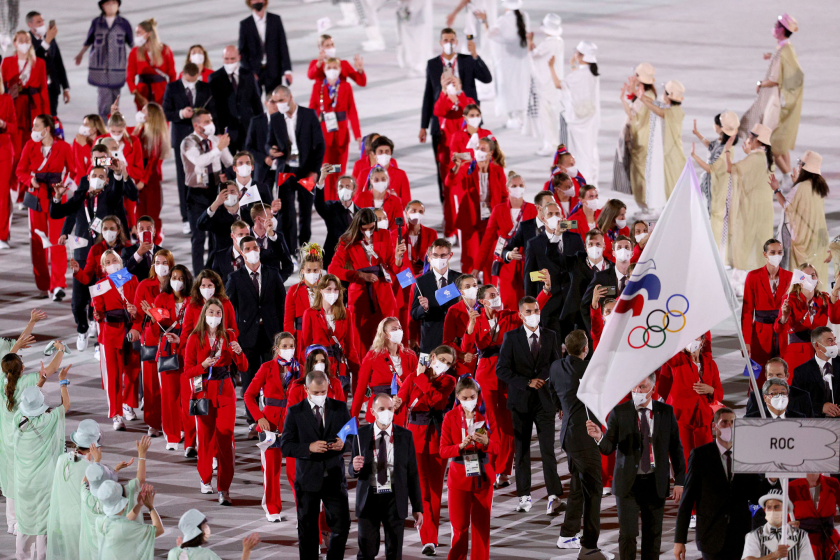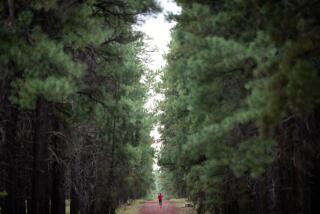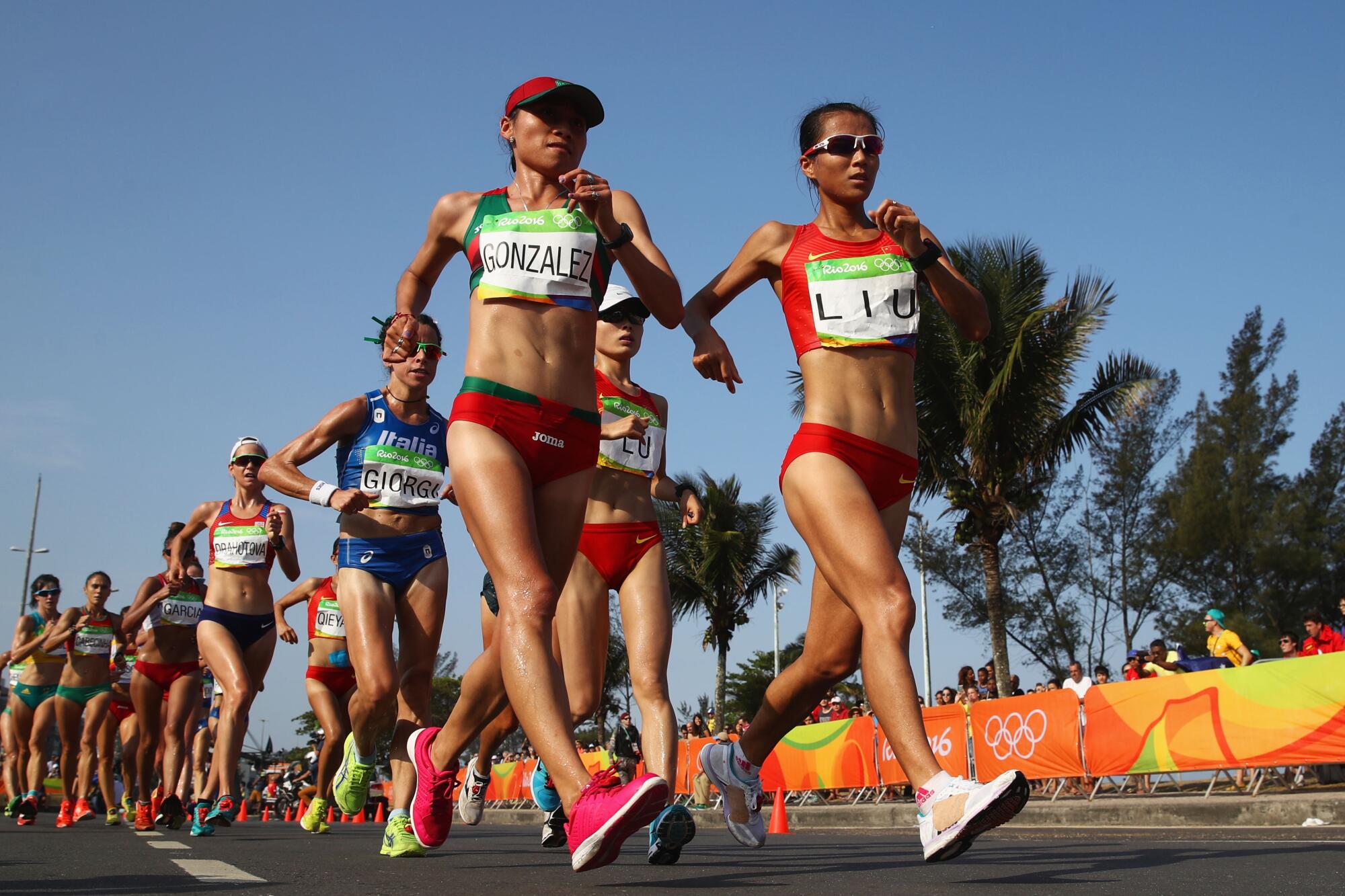
- Share via
Legend says the Aztecs wandered for more than a century before establishing Tenochtitlán, the largest city in the pre-Columbian Americas, on the site of what is now Mexico City. It was the journey that gave birth to the Aztec empire and built the foundation for modern Mexico.
Seven centuries later the descendants of those nomadic warriors still use walking as a way to project power. Only now it happens in the Olympic sport of racewalking, an odd mix of Monty Python’s “Ministry of Silly Walks” and ultramarathoning that Mexico has dominated for nearly half a century.
Mexico has won 10 gold medals since the 1968 Mexico City Olympics, and three have come in racewalking. Mexican racewalkers also have captured five silver and two bronze medals; no country has won more in the sport over that time.
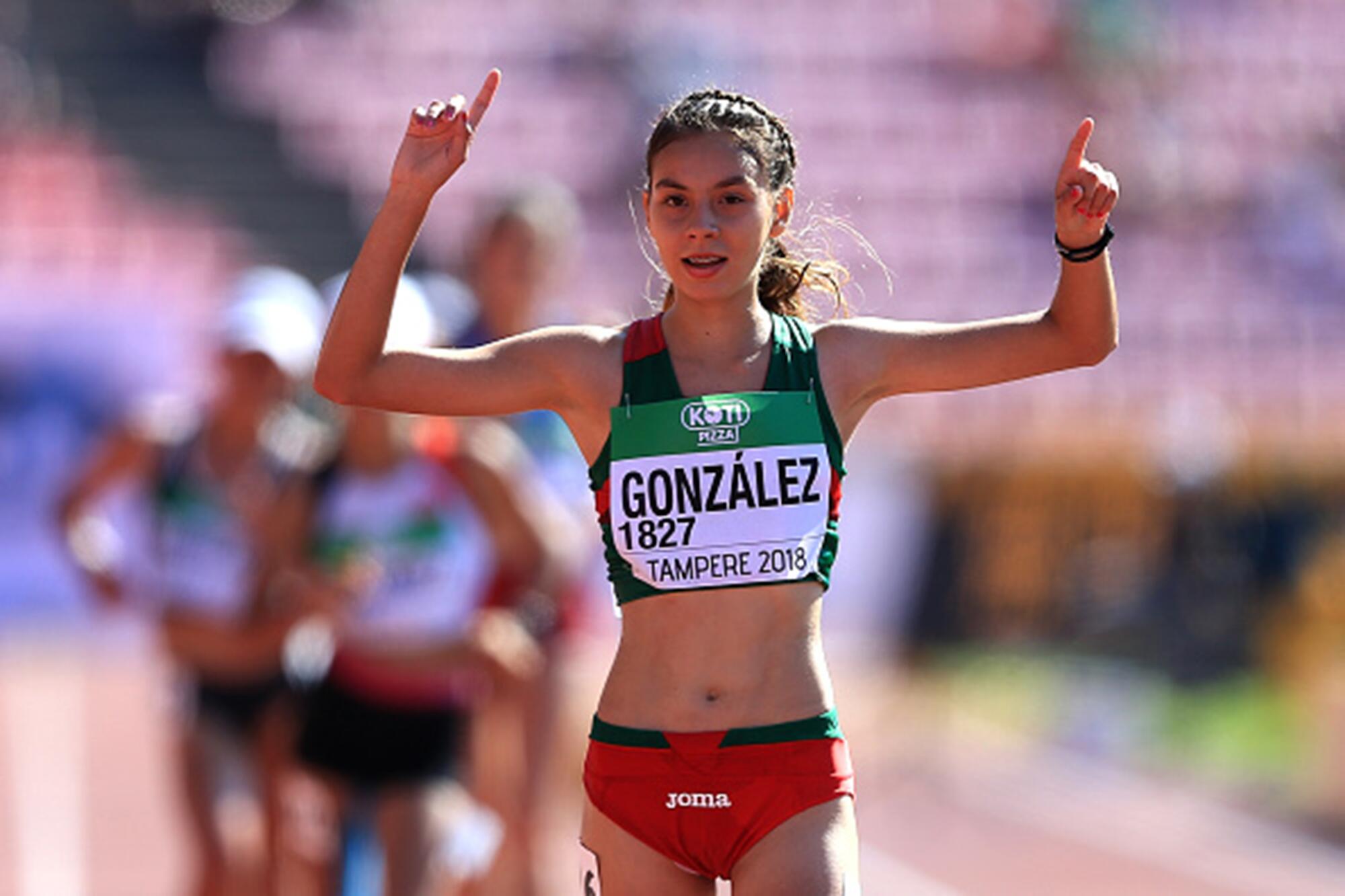
“As far as consistently, for year after year after year, it’s Mexico,” Dave McGovern, a 15-time U.S. national champion, said when asked to name the sport’s international power. “This is what the Mexicans have excelled at.”
And that excellence could continue at the Tokyo Games with Mexico sending nine walkers — half of its 18-member track and field team. Among them is Alegna González, a skinny, auburn-haired 22-year-old from a small town on the Texas border who ranks 13th in the world at 20 kilometers.
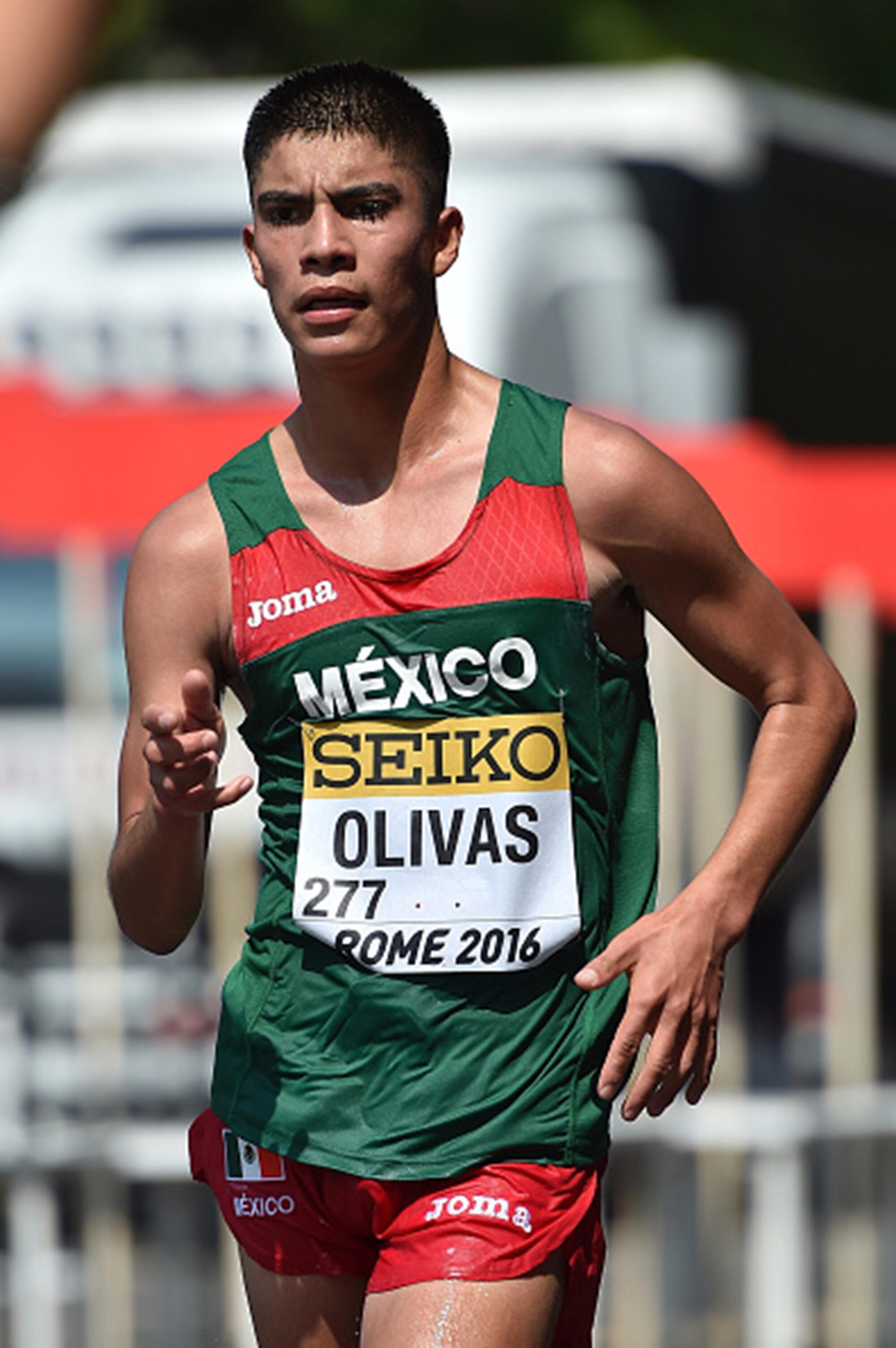
Hailed by breathless media as “the Mexican princess of the race walk,” she will represent Mexico’s best chance for a medal in track and field when she competes Friday.
Andrés Olivas, a 23-year-old from Chihuahua, is the best of Mexico’s six male walkers. He ranks 20th in the world and will compete in the men’s 20 kilometer Thursday.
In Mexico, success and the popularity of racewalking have gone hand in hand. To understand where the sport ranks in the nation’s culture, consider that González, then a teenager, shared the country’s national sports award with world champion boxer Canelo Álvarez in 2018. Major international competitions are televised, and when they are held in Mexico they draw tens of thousands of spectators, who mill around afterward seeking autographs and selfies.
“Every time we’ve gone down there, it was absolutely gigantic,” said John Nunn, a three-time U.S. Olympian in racewalking. “It’s just walking and they were enamored. That was a fun environment to race in because it was just jam-packed all the way around the course.”
But while racewalking is both difficult and exhausting, with races lasting as long as 4½ hours, it’s also kind of quirky. With their exaggerated wiggle and hip rotation, competitive walkers often look as if they’re trying to hold back Mother Nature as they search for a restroom. But that strange gait is what separates racewalking from running and makes it unique.
Unlike runners, who spend much of their time in flight, racewalkers must keep one foot on the ground at all times. They must also keep one leg straight until it passes their body, meaning no bending of the knee. Breaking contact with the ground or bending a knee can lead to a warning from judges stationed along the course.
Three warnings in a race means disqualification.
“Racewalking is definitely an acquired taste. I have no problem when people make fun of it,” said Nunn, who laughed at the sport himself when, as a high school miler, he was promised a college scholarship if he’d change to racewalking.
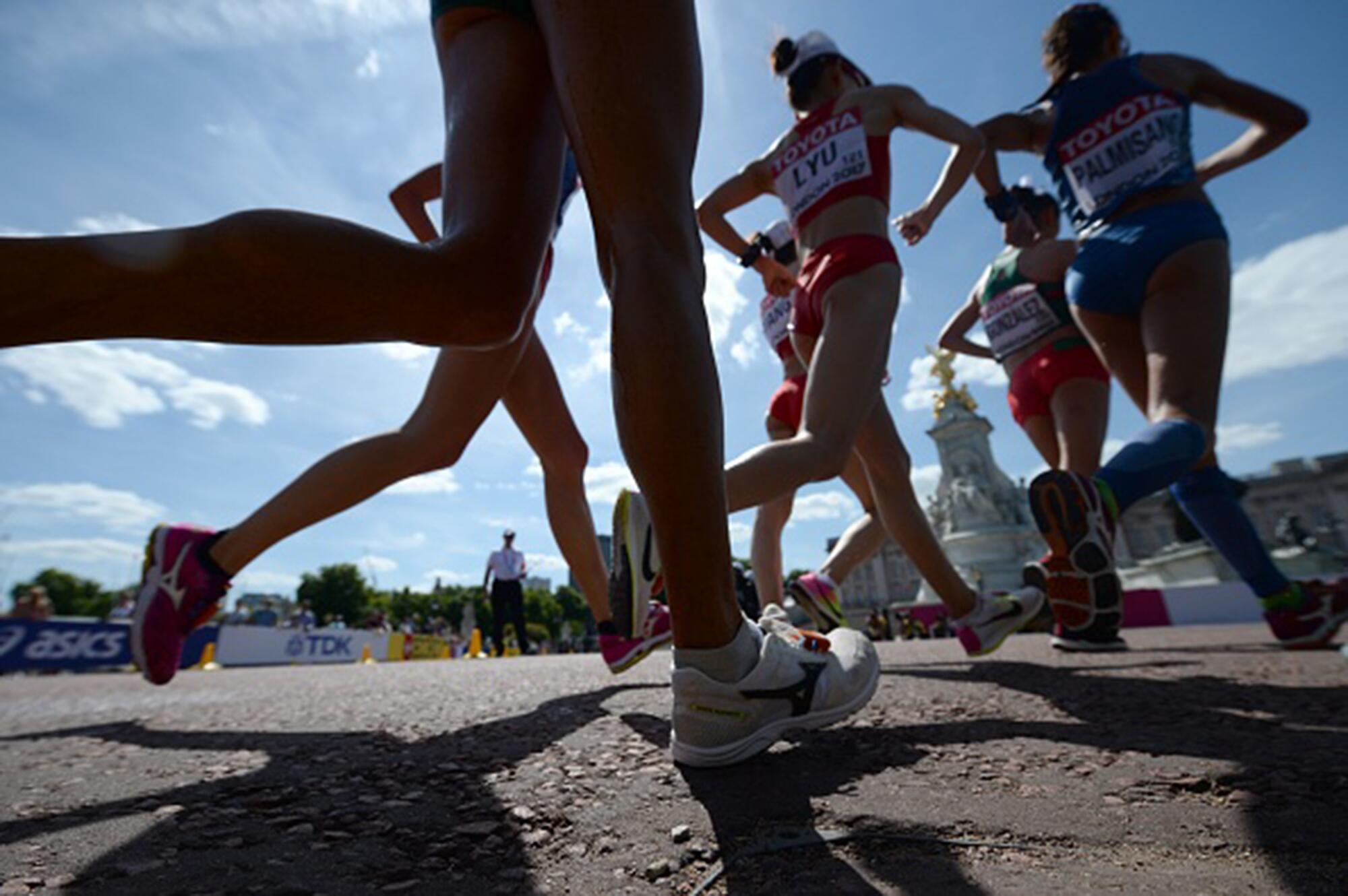
“I really thought it was a joke. I was just like, ‘This is kind of silly,’” said Nunn, who went on to set a U.S. record in the sport. “I don’t think I ever would have expected it to take me where it did.”
Just don’t compare competitive racers with casual pedestrians. You might as well compare what a Honda Civic does with a Formula One race car.
When China’s Wang Zhen won the 20-kilometer race at the 2016 Rio de Janeiro Olympics, for example, he averaged 9.51 mph — 6 minutes, 20 seconds a mile, faster than many people run. That’s a 2-hour, 45-minute marathon pace.
“If you look at an Olympic 800-meter runner, an Olympic 20K racewalker has the same cadence rate, 210 to 215 strides a minute,” McGovern said. “But that 800-meter runner is carrying it out for a minute and 43 seconds. A 20K walker is carrying it out for an hour and 20 minutes.”
Walking first appeared as a sport in 17th century England, when noblemen wagered huge sums on competitions among their servants. That eventually gave way to open prize-money events in which competitors would cover as many as 100 miles in 24 hours.
What the heck is the ROC? Well, it’s Russian athletes in every aspect except a flag and anthem. Here’s why the name is being used at the Tokyo Olympics.
By the early 1800s private sporting clubs were sponsoring well-attended “amateur” contests, leading to the sport’s inclusion in the Olympic schedule with 3,500-meter and 10-mile races in 1908. The current Olympics distances of 50 kilometers and 20 kilometers were adopted in 1932 and 1956, respectively.
Mexico’s interest in the sport didn’t take root until just before the 1968 Olympics when, hoping to avoid embarrassment as the host country, Mexican officials began looking for little-practiced sports in which its athletes could quickly become competitive.
Among the seven coaches brought to Mexico to lead this revolution was Jerzy Hausleber, a Polish sailor, World War II veteran and former boxer. Hausleber had won four racewalking championships in Poland, so Mexico gave him six prospects to work with.
Six weeks later, one of them, a 29-year-old army sergeant named José Pedraza, won the 10-kilometer walk at the Central American and Caribbean Games in Puerto Rico, giving Mexico its first racewalking medal.
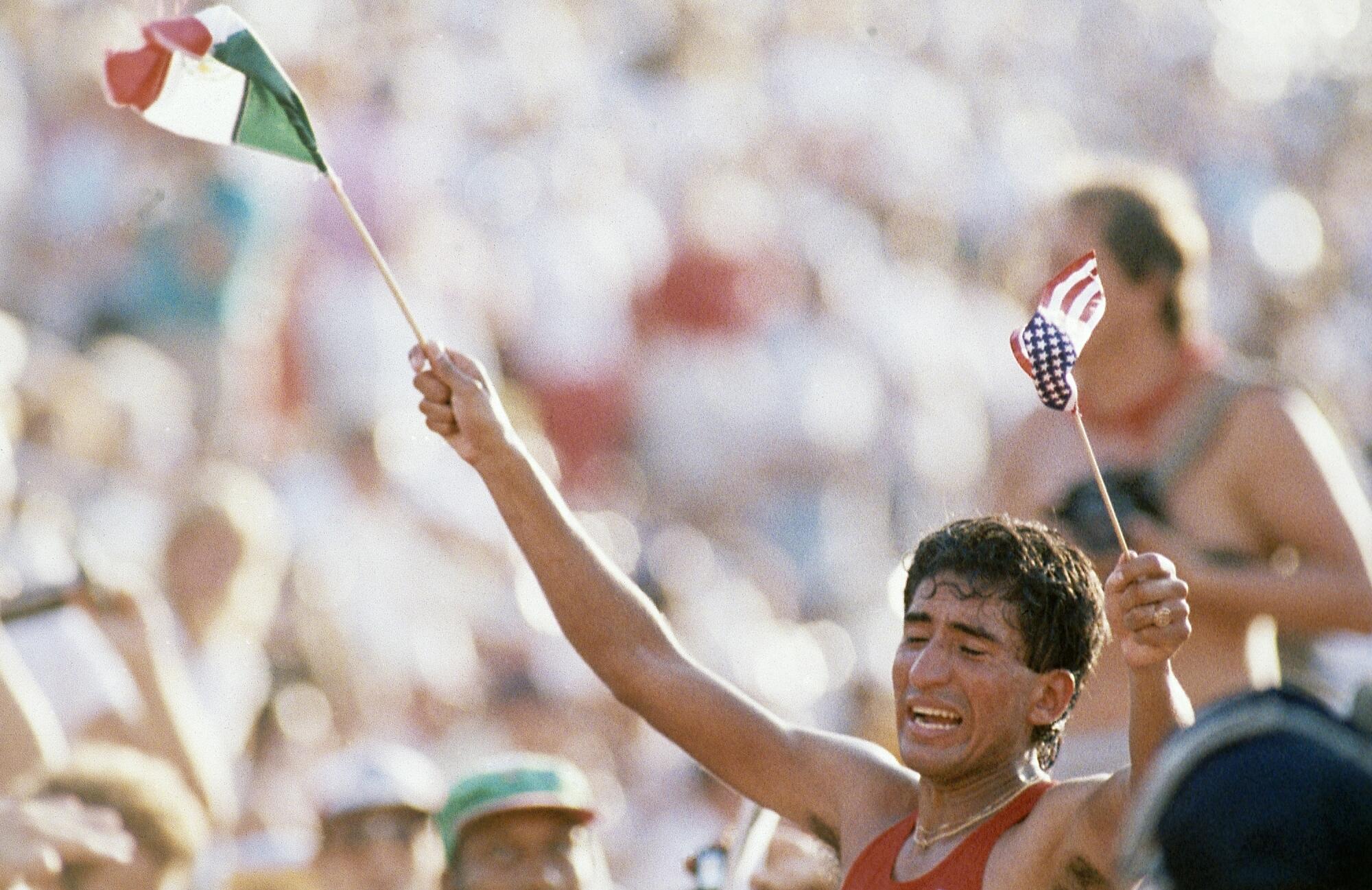
The country’s real breakthrough in the sport came two years later in Olympic Stadium in Mexico City. In one of the most famous finishes in track and field history, Pedraza relentlessly closed in on Soviet champion Volodymyr Holubnychy, losing by three yards but claiming the silver medal. It was Mexico’s first Olympic medal in track and field. Overnight, money and other kinds of support began to pour into Hausleber’s fledgling program.
According to Tim Erickson, an Australian racewalker and journalist, Hausleber’s greatest contributions to the sport were his belief in the benefits of high-altitude training and the creation of the Mexican style of racewalking, one that replaced the herky-jerky approach then in vogue with a sleeker, fluid technique.
Much as Dick Fosbury’s flop changed high jumping, Hausleber’s new style would transform racewalking — and Mexico’s place in it.
In Spanish, racewalking is known colloquially as “la marcha,” the march, and Hausleber was at the front of that parade. Athletes from around the world came to Mexico City to learn his technique, which Daniel Bautista used to set two world records and win gold at 20 kilometers in the 1976 Olympics in Montreal.
Raúl González followed that by twice breaking the world record at 50 kilometers — about 31 miles — en route to his Olympic title in 1984. González also won a silver medal at 20 kilometers (12.4 miles) in Los Angeles, finishing seven seconds behind teammate Ernesto Canto, the first time in six decades that athletes from the same country won both distances in Olympic racewalking.
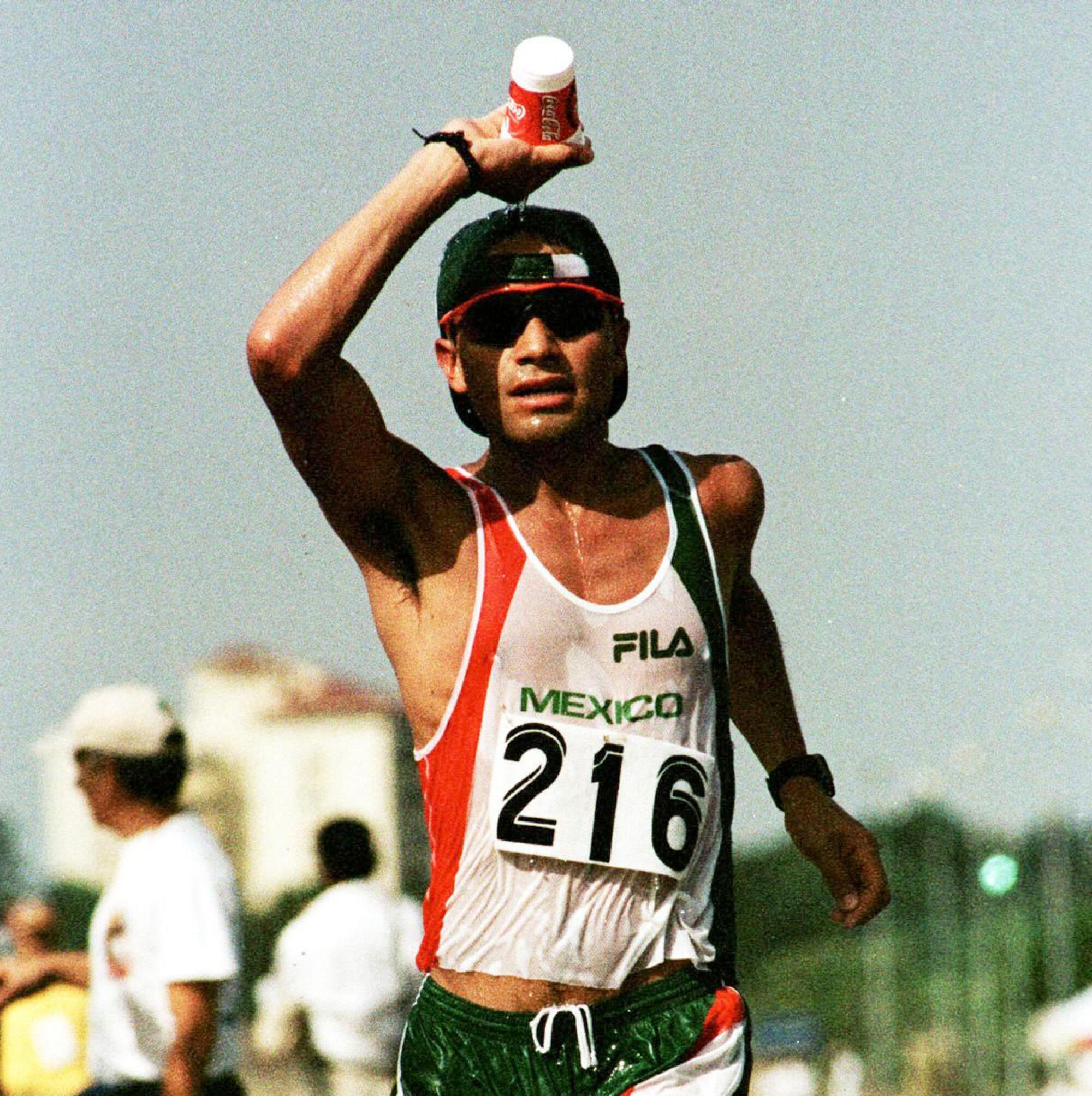
“After those results, athletes from all over the world came to train in Mexico to learn about the technique and training methods,” said Ignacio Zamudio, a former Mexican Olympian. “We are very proud to have had the teacher, and it seems to me that the contributions he made to world sport have been little appreciated.”
Mexico, which had turned to racewalking mostly in the hope of avoiding embarrassment, was now the most powerful country in the sport.
McGovern said the country had some genetic help in making that happen. In racewalking — as in marathon running and soccer, two other sports at which Mexico excels — height can be a problem. But the average Mexican man is 5 feet 6, the average woman 4 inches shorter.
“There are a lot of short racewalkers because of the rules. You have to have one foot on the ground at all times,” said McGovern, 56, who finished ninth in the U.S. Olympic trials at 50 kilometers. “Overstriding is a real disadvantage, and taller walkers have a little bit harder time getting the technique.
“If you’re a sprinter, you’re a born sprinter,” he said. “You’ve got 95% fast-twitch muscle [fibers]. If you’re a marathoner, you’ve got a certain percentage of slow-twitch fibers. Racewalking is this really neat event. It’s a long-distance sprint, essentially. So you’re a mix. You’re not extreme at one end or the other.”
Simone Biles did the right thing by not competing when she believed she couldn’t. But it also tarnishes her legacy as a gymnast.
Unlike gymnastics and other Olympic sports, racewalking required no elaborate equipment. Not even a soccer ball. The real secret, however, was hard work.
“The Mexicans,” McGovern said, “are willing to work really, really, really hard.”
Hausleber, who became known as the father of racewalking in Mexico, was granted citizenship in 1984. When he died of cardiac arrest in Mexico City seven years ago, one obituary’s initial mention of his proteges used only their last names, like listing DiMaggio, Mantle and Ruth in baseball.
Bautista and Canto were among those who attended his funeral. The practice track at the national center for high performance in Mexico City, where Mexico’s racewalkers now train, bears his name.

Zamudio, who grew up in Mexico City, is among those who benefited from the teachings of el profesor. Like many Mexicans, he took up racewalking after watching González and Canto win in 1984. He made an Olympic team at the Atlanta Games 12 years later. He finished sixth at 50 kilometers, three places behind teammate Bernardo Segura, who took the bronze medal.
“Racewalking was very popular in the ’70s, ’80s and ’90s in Mexico, but it was never a sport that many Mexicans practiced,” he said. But “people in general know of the best walkers.
“When they have won medals, people recognize them on the street for a while.”
Zamudio followed Hausleber into coaching and is now national coordinator of Mexico’s racewalking program. He is also the personal coach of Alegna González, who has been dubbed “the new promise of the national team” by Mexican news media.

Zamudio helped Mexico’s Olympic walkers prepare for the Tokyo Games at the national training center in Mexico City, where they have access to dorms, a cafeteria, gym, track, swimming pool and a driver who takes them outside the smog-choked city to train. That level of government support, which increased two years ago under Mexican President Andrés Manuel López Obrador, is another thing that has Mexico walking away from countries such as the U.S., where the sport gets little funding.
Despite that, the shine of Mexico’s golden generation has begun to fade. Noé Hernández and Joel Sánchez captured silver and bronze at 20 kilometers and 50 kilometers, respectively, in 2000 in Sydney, and María Guadalupe González, who is serving a four-year ban for doping, won a silver in the 20-kilometer race in Brazil.
The Sydney Games also brought heartbreak. It appeared Segura had won the gold medal in the 20-kilometer race, but jubilation was cut short when he was disqualified for losing contact with the ground three times. Officials broke the news as he received a congratulatory phone call from Mexican President Ernesto Zedillo.
It’s been 37 years since Mexico’s last racewalking golds were won by Canto and González.
After his victory at 50 kilometers at the Los Angeles Games, the richly mustachioed González donned a black sombrero and waved a small Mexican flag during a celebration that was widely cheered in Los Angeles and Mexico. On that day, the long walk the Aztecs started centuries ago had ended on the floor of the Los Angeles Memorial Coliseum.
More to Read
Go beyond the scoreboard
Get the latest on L.A.'s teams in the daily Sports Report newsletter.
You may occasionally receive promotional content from the Los Angeles Times.


